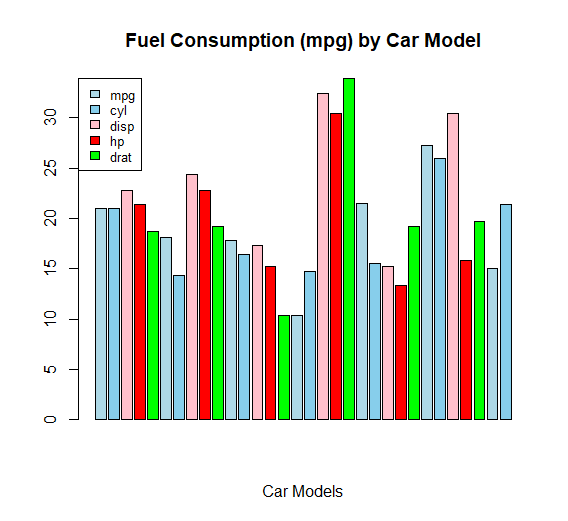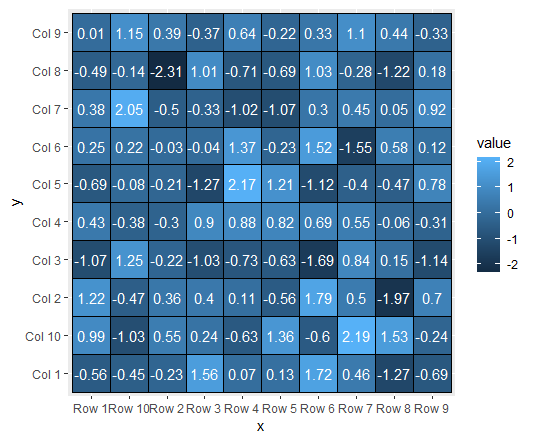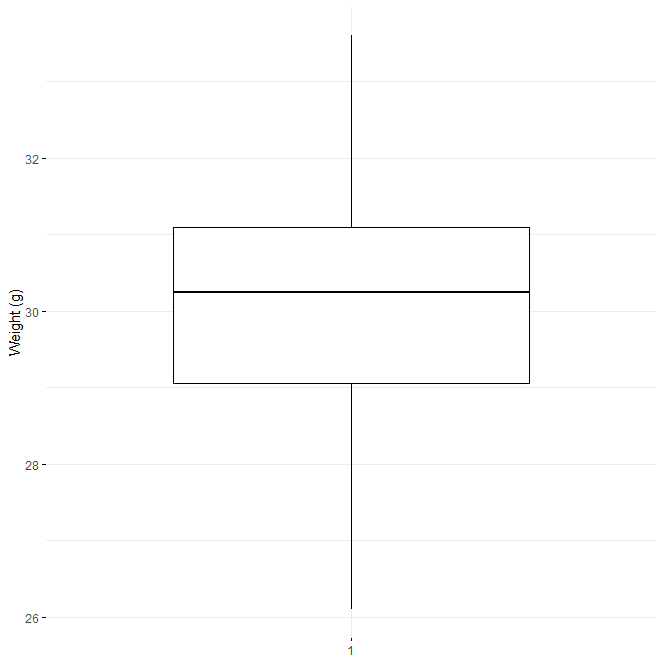Linear Interpolation in R, You will discover how to use the approx and approxfun interpolation functions in this R tutorial.
Two examples of how to use the approx and approxfun functions for interpolation are provided on this page.
Let’s get started:
Top Data Science Applications You Should Know 2023 (datasciencetut.com)
Example 1: Use two coordinates and the approximate function
The approx function can be used to return a list of points that linearly interpolates given two separate data points in the manner shown in this example.
We must first produce two numerical vectors to represent our data points:
x1 <- c(0, 5) x1
[1] 0 5
y1 <- c(0, 10) y1
[1] 0 10
You can see that we have constructed two vector objects, each of which contains two integers, depending on the previous outputs of the RStudio console.
We can use the approx to our two data coordinates in the following step:
Applications of Data Science in Education – Data Science Tutorials
data_approx1 <- approx(x1, y1) data_approx1
$x [1] 0.0000000 0.1020408 0.2040816 0.3061224 0.4081633 0.5102041 0.6122449 [8] 0.7142857 0.8163265 0.9183673 1.0204082 1.1224490 1.2244898 1.3265306 [15] 1.4285714 1.5306122 1.6326531 1.7346939 1.8367347 1.9387755 2.0408163 [22] 2.1428571 2.2448980 2.3469388 2.4489796 2.5510204 2.6530612 2.7551020 [29] 2.8571429 2.9591837 3.0612245 3.1632653 3.2653061 3.3673469 3.4693878 [36] 3.5714286 3.6734694 3.7755102 3.8775510 3.9795918 4.0816327 4.1836735 [43] 4.2857143 4.3877551 4.4897959 4.5918367 4.6938776 4.7959184 4.8979592 [50] 5.0000000 $y [1] 0.0000000 0.2040816 0.4081633 0.6122449 0.8163265 1.0204082 [7] 1.2244898 1.4285714 1.6326531 1.8367347 2.0408163 2.2448980 [13] 2.4489796 2.6530612 2.8571429 3.0612245 3.2653061 3.4693878 [19] 3.6734694 3.8775510 4.0816327 4.2857143 4.4897959 4.6938776 [25] 4.8979592 5.1020408 5.3061224 5.5102041 5.7142857 5.9183673 [31] 6.1224490 6.3265306 6.5306122 6.7346939 6.9387755 7.1428571 [37] 7.3469388 7.5510204 7.7551020 7.9591837 8.1632653 8.3673469 [43] 8.5714286 8.7755102 8.9795918 9.1836735 9.3877551 9.5918367 [49] 9.7959184 10.0000000
As you can see, the approx function gave a list with two list members as its output.
Top Data Science Skills- step by step guide (datasciencetut.com)
Let’s display the following data:
plot(data_approx1$x, data_approx1$y) points(x1, y1, col = "red", pch = 16)

The output of the previous R syntax is shown in Figure 1; it is a scatterplot of the linear interpolations produced by the approx function.
The interpolation locations are shown in black, while the two original coordinates are indicated in red.
Example 2: Apply the approximate function to numerous coordinates
How to interpolate between two various data points has been demonstrated in Example 1.
Will go through interpolation between various data points in this part.
Before moving forward, we must create two new example vectors:
x2 <- c(0, 5, 10, 15) x2
[1] 0 5 10 15
y2 <- c(0, 10, 100, 1000) y2
[1] 0 10 100 1000
Each of our vectors has four integer elements, as you can see.
The approx function can then be used, as we did in Example 1:
data_approx2 <- approx(x2, y2) data_approx2
$x [1] 0.0000000 0.3061224 0.6122449 0.9183673 1.2244898 1.5306122 [7] 1.8367347 2.1428571 2.4489796 2.7551020 3.0612245 3.3673469 [13] 3.6734694 3.9795918 4.2857143 4.5918367 4.8979592 5.2040816 [19] 5.5102041 5.8163265 6.1224490 6.4285714 6.7346939 7.0408163 [25] 7.3469388 7.6530612 7.9591837 8.2653061 8.5714286 8.8775510 [31] 9.1836735 9.4897959 9.7959184 10.1020408 10.4081633 10.7142857 [37] 11.0204082 11.3265306 11.6326531 11.9387755 12.2448980 12.5510204 [43] 12.8571429 13.1632653 13.4693878 13.7755102 14.0816327 14.3877551 [49] 14.6938776 15.0000000 $y [1] 0.0000000 0.6122449 1.2244898 1.8367347 2.4489796 [6] 3.0612245 3.6734694 4.2857143 4.8979592 5.5102041 [11] 6.1224490 6.7346939 7.3469388 7.9591837 8.5714286 [16] 9.1836735 9.7959184 13.6734694 19.1836735 24.6938776 [21] 30.2040816 35.7142857 41.2244898 46.7346939 52.2448980 [26] 57.7551020 63.2653061 68.7755102 74.2857143 79.7959184 [31] 85.3061224 90.8163265 96.3265306 118.3673469 173.4693878 [36] 228.5714286 283.6734694 338.7755102 393.8775510 448.9795918 [41] 504.0816327 559.1836735 614.2857143 669.3877551 724.4897959 [46] 779.5918367 834.6938776 889.7959184 944.8979592 1000.0000000
These data should be plotted as a scatterplot:
plot(data_approx2$x,
data_approx2$y)
points(x2, y2,
col = "red",
pch = 16)
The scatterplot in Figure 2 has been created after the previous R programming syntax has been run. As you can see, we interpolated linearly between several data points.










